15:35, 15/08/2025
In Tung Ba commune, the craft of making dried vermicelli has been revived and flourished, largely thanks to Tay women. In Hong Minh hamlet, a vermicelli-making cooperative with eight members, led by Mrs. Nong Thi Thuyet, has been established to preserve and promote this traditional craft.
Beyond the popular white vermicelli, her family has also created naturally colored varieties: orange from gac fruit, purple from the magenta plant, and yellow from turmeric, etc. Each strand reflects a culinary expression of the Tay people’s culture.
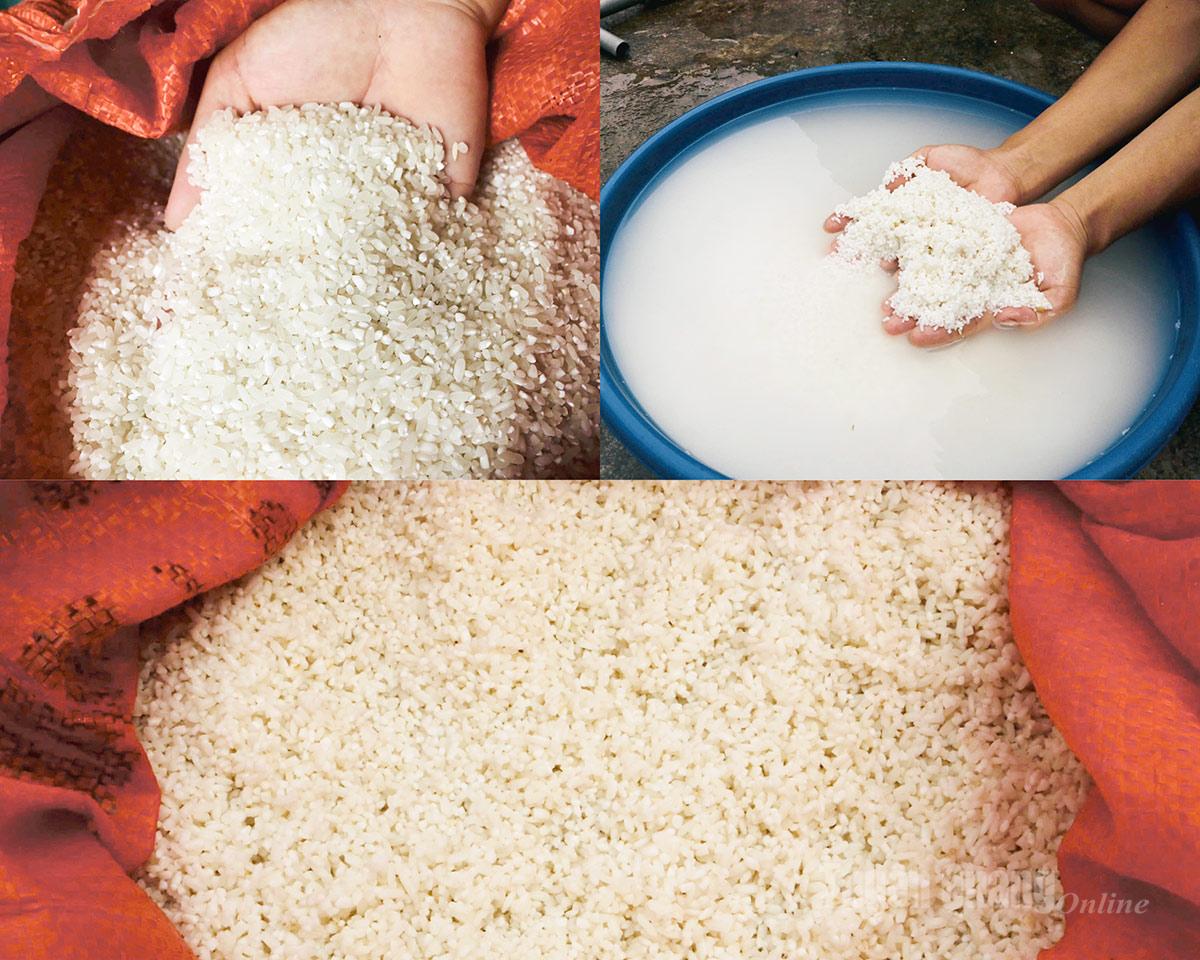 |
| The process begins with carefully selected rice, soaked overnight to soften before being pounded into fine flour. |
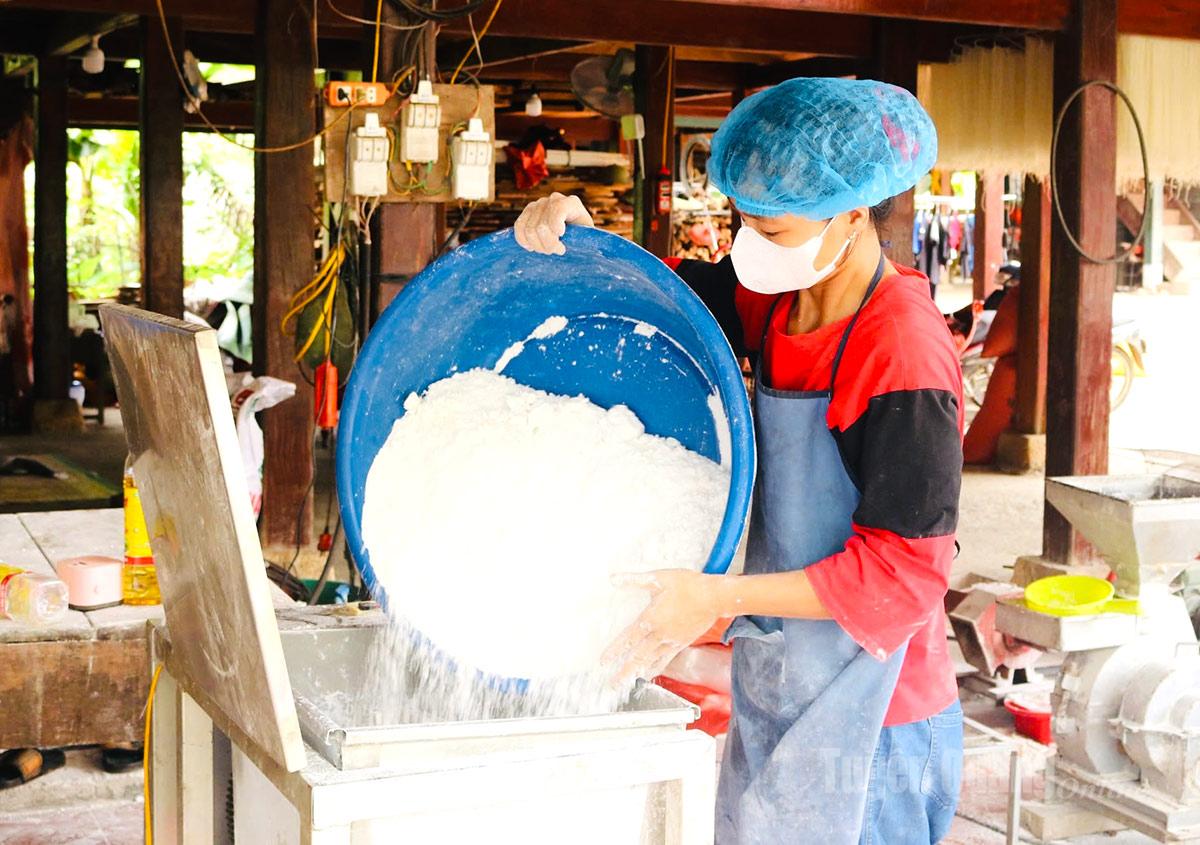 |
| The flour is then mixed with water and a touch of oil, creating a smooth, elastic texture that makes the vermicelli both soft and chewy. |
 |
| Thin, ivory-white strands flow like silk before being cut into lengths of 70–80 cm, neatly bundled, and left to rest overnight. |
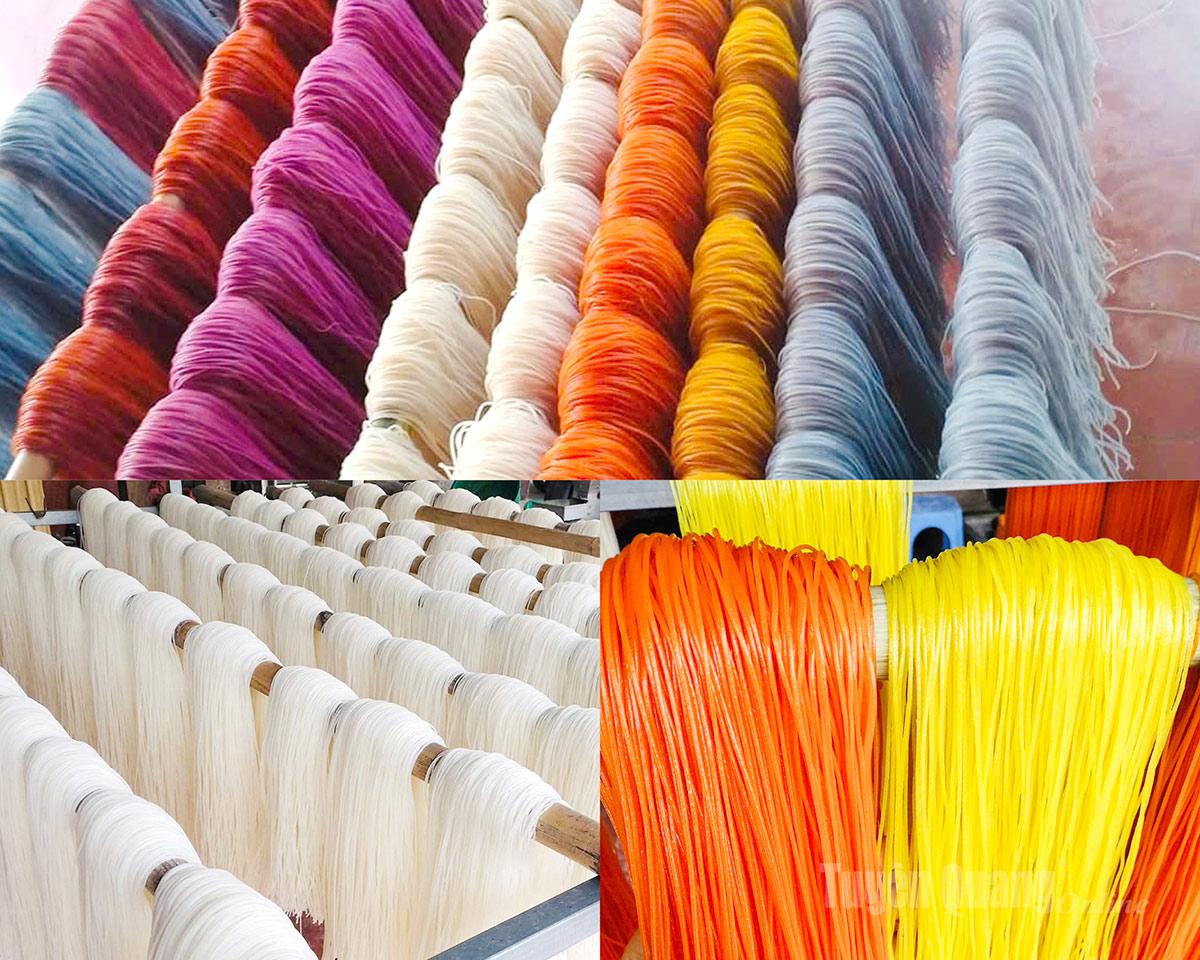 |
| For the colored varieties, natural ingredients are boiled to extract their essence and mixed with rice flour to create vibrant hues: orange from gac fruit, purple from magenta leaves, yellow from turmeric, etc. |
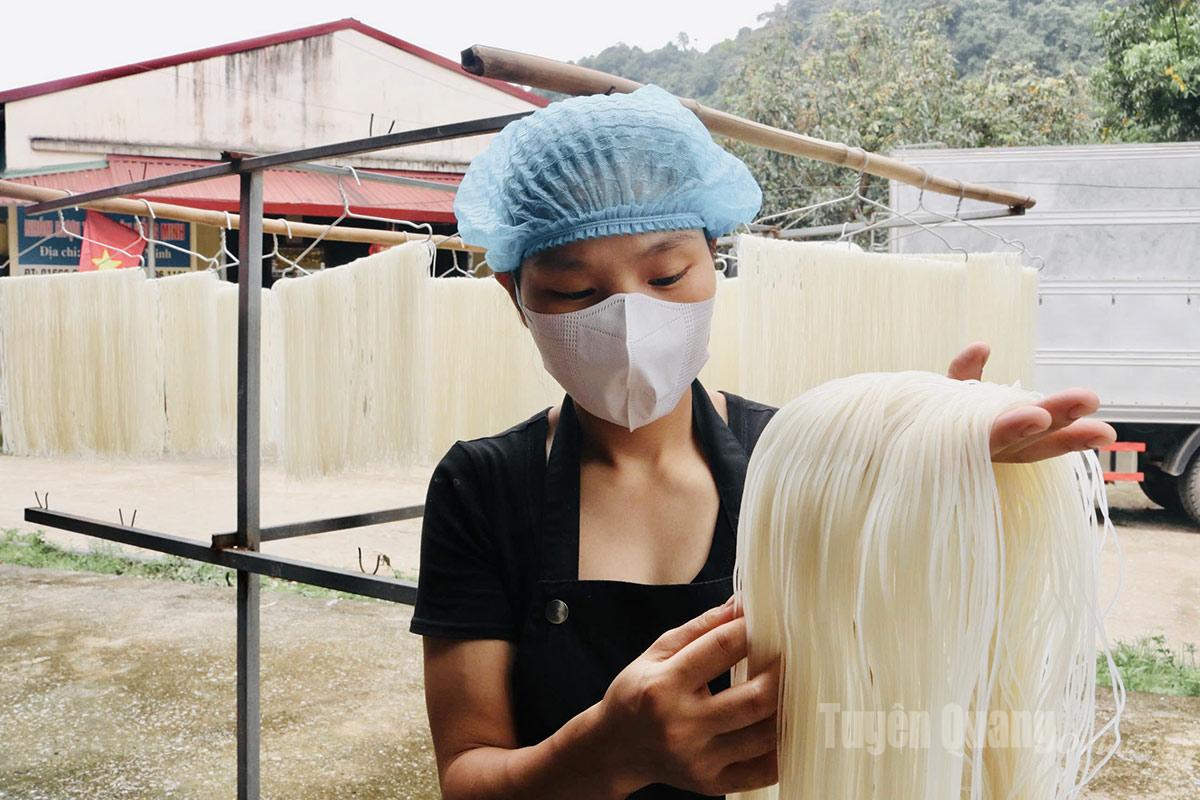 |
| According to Mrs. Thuyet, production peaks in the seventh lunar month and during Tet. The selling price of white vermicelli is VND30,000- VND35,000 per kilogram, while the five-colored variety ranges from VND40,000 - VND45,000. |
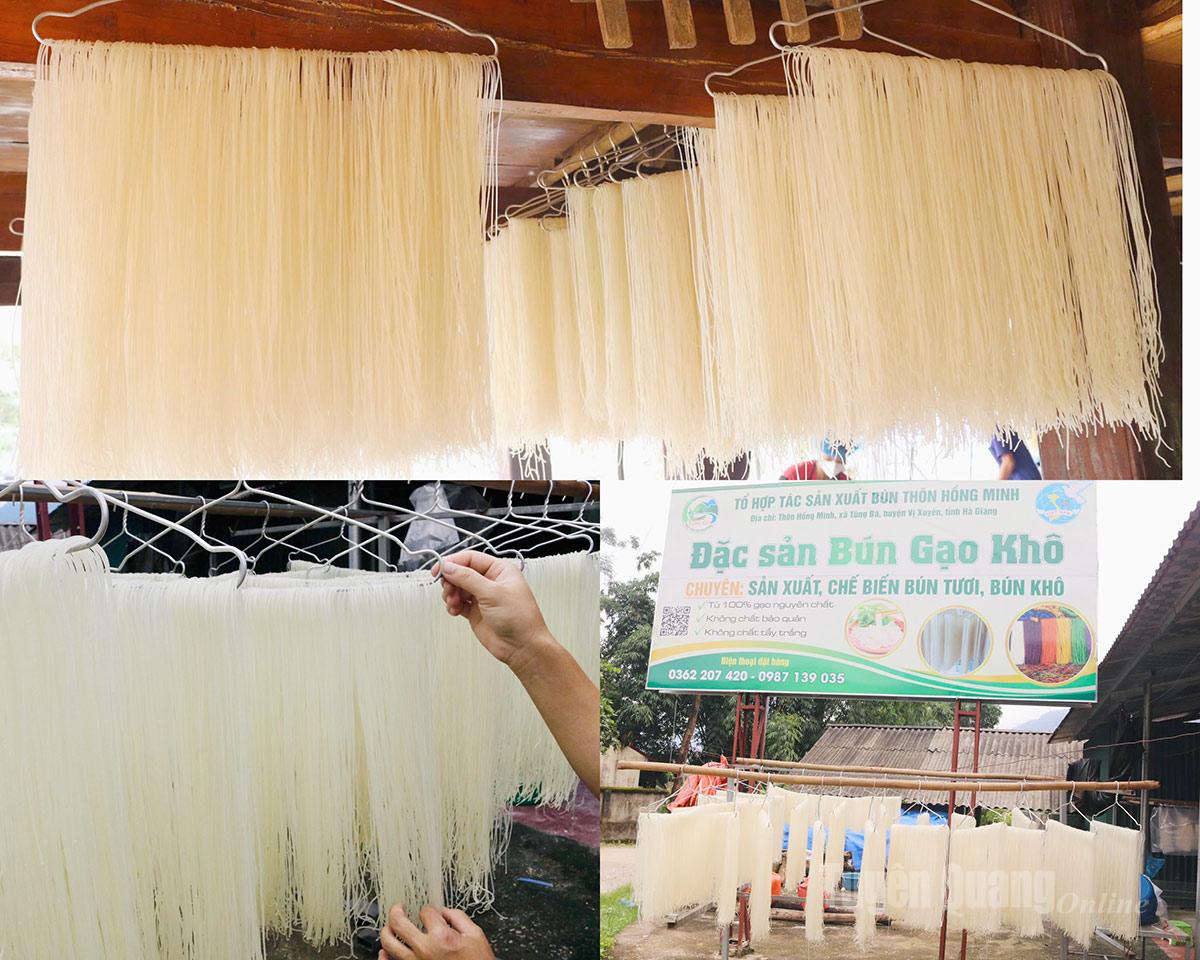 |
| Sheets of vermicelli glisten under the sun like ivory silk, set against the green mountains and the crisp freshness of dawn. |
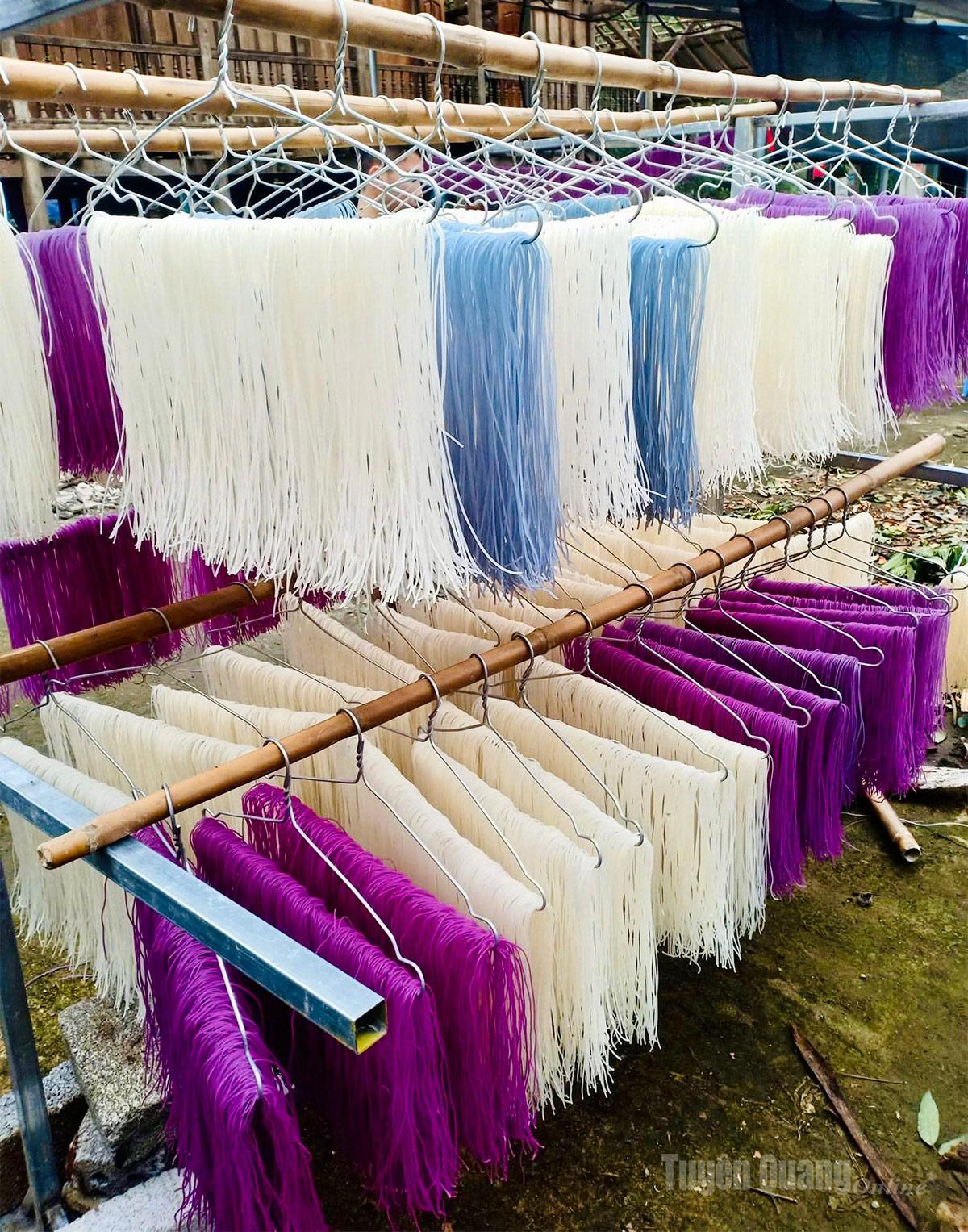 |
| Strands in white, purple, and green stretch in long rows, forming a mesmerizing scene that few can turn away from. |
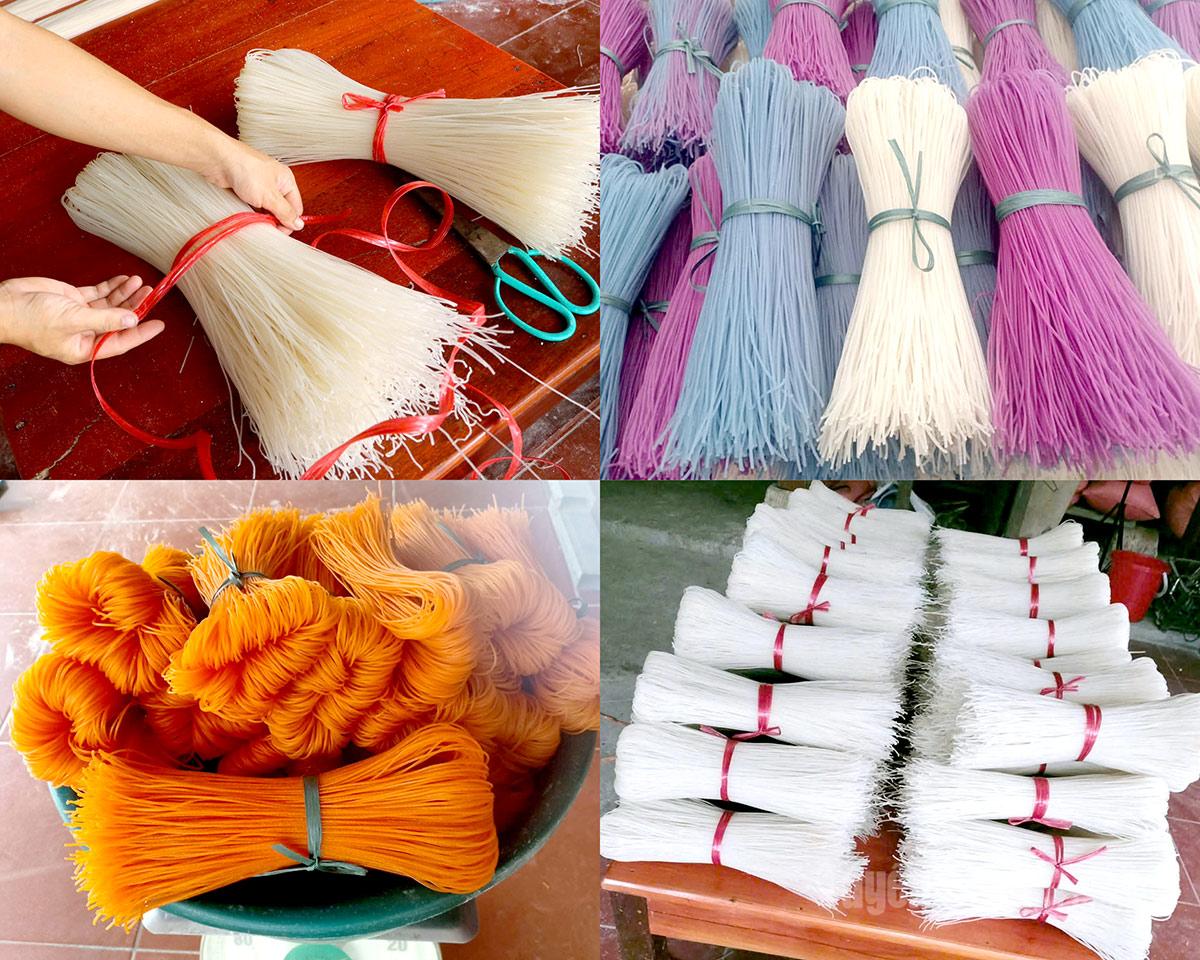 |
| Once dried, the noodles are bundled, carrying the flavor and dedication of Tung Ba’s people to markets near and far. More than a dish, Tung Ba dried vermicelli reflects both the bounty of nature and the skillful hands that craft it. |
Khanh Huyen




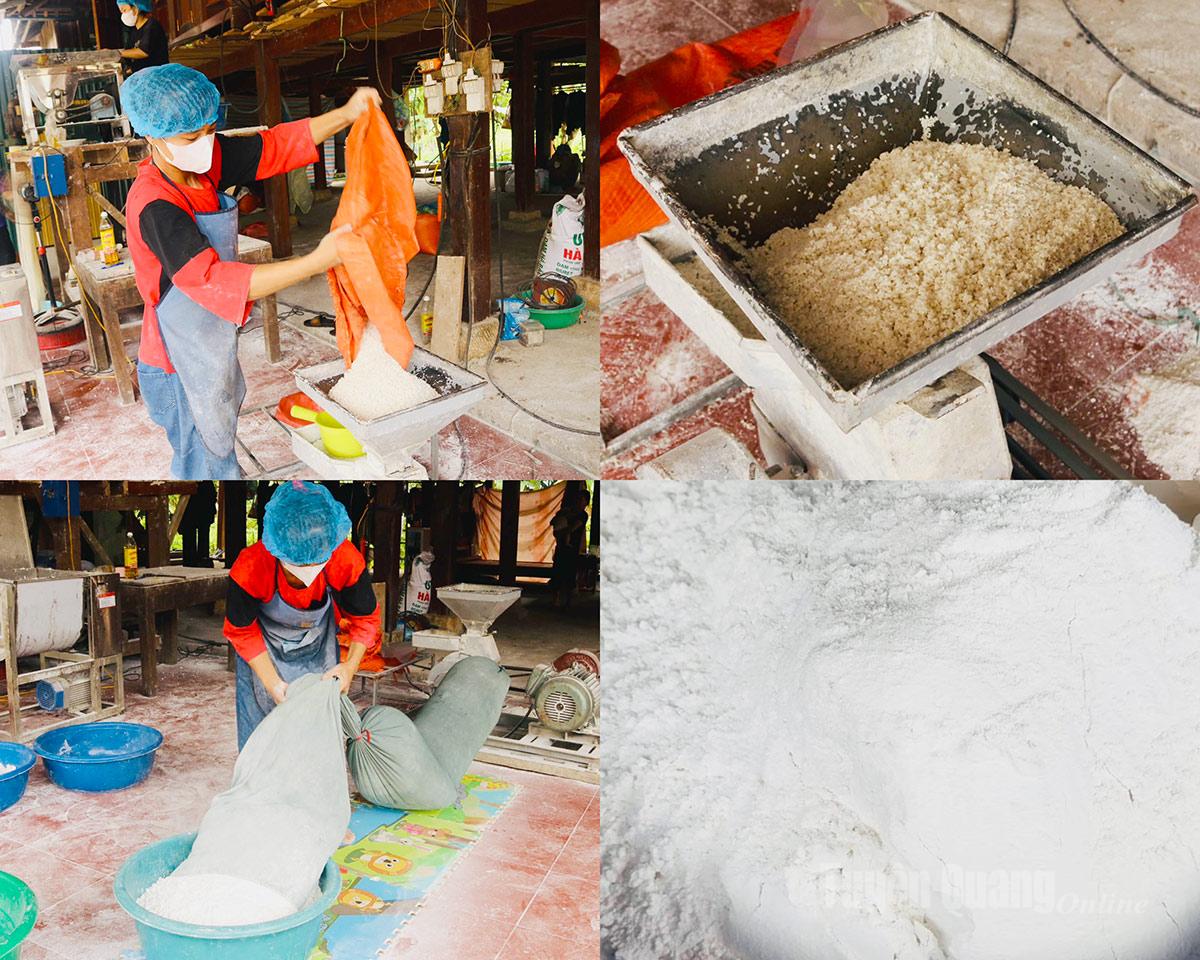

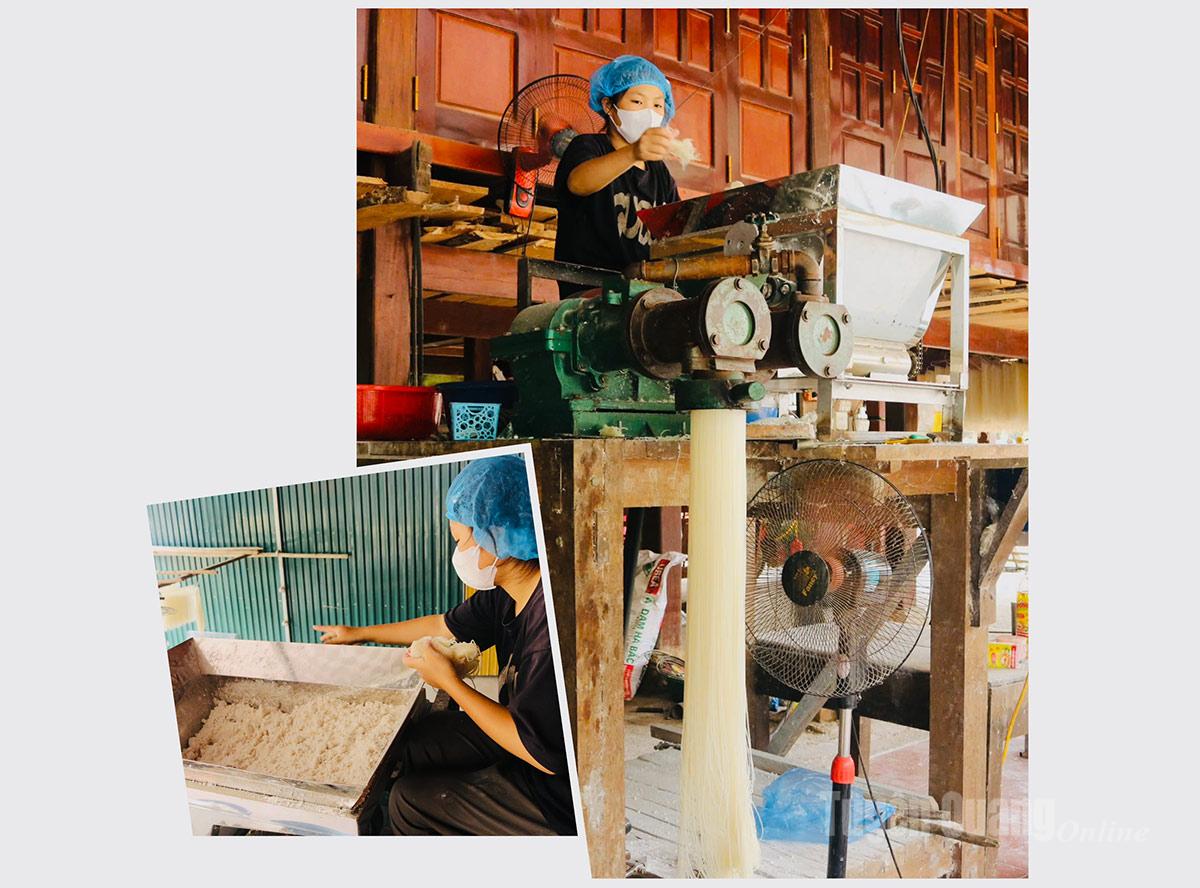






READER COMMENTS